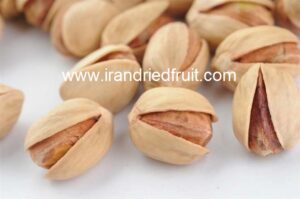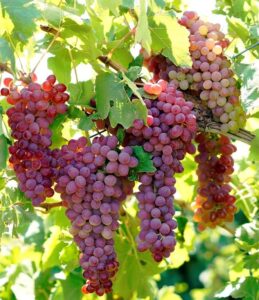benefits of walnut and other useful information about it is provided here.
Description
Walnuts are the rounded, single-seeded stone fruits of the walnut tree which is a member of Juglandaceae family. The walnut is enclosed in an inedible green, leathery, fleshy husk. Walnuts originated in Persia. Spanish missionaries brought them to California in the 1700s. They are a good source of proteins, fats, and fiber. They may enhance hearth health and are useful in weight management.
Walnut Characteristics
Following full ripening, the removal of the husk reveals the wrinkly walnut shell, which is found in two segments. The shell encloses the kernel or meat, which is usually made up of two halves separated by a partition. The seed kernels contain antioxidants. The antioxidants protect the oil-rich seed from oxygen, thereby preventing rancidity.
Walnut Types
The two major species of walnuts are grown for their seeds – the Persian walnut and the black walnut. The Persian walnut originated in Iran, and the black walnut is native to North America. The black walnut is of high flavor, but due to its hard shell and poor hulling characteristics it is not grown commercially for nut production. Other species include J. californica, J. cinerea (butternuts), J. major, the Arizona walnut, Juglans californica hindsii, or just J. hindsii, as native to northern California.
Walnut Production
Iran is the World’s leading Walnut producer with around 500,000 tonnes yearly production.
Walnut Storage
Dried walnuts may be stored for up to 12 months at temperatures of -3 – 0°C, while fresh walnuts may only be stored for a very short period. Walnut kernels are best stored at a water content of 2 – 3% in packaging which is impermeable to water vapor. Walnuts may be empty at 9-15%. It must be taken into account that walnuts may be mixed with nuts from the previous year’s harvest. Nuts from the previous year’s harvest have a tendency to beetle infestation and rancidity.
Vacuum packaging excludes oxygen, which promotes rancidity. In damp weather, the cargo must be protected from humidity, since it may lead to spoilage and mold growth. Walnuts need specific humidity, temperature and ventilation conditions.

benefits of walnut : Food use of Walnut
Walnuts are primarily eaten raw and are also processed into walnut paste for the bakery and confectionery industries. Walnut oil is ideal for salad dressings. This oil is obtained by pressing fully ripened walnuts. Walnut Nutritional value : According to USDA National Nutrient Database, 30 gram of organic walnuts contains:
- Calcium: 20 milligrams (mg)
- Iron: 0.72 mg
- Sodium: 0 mg
- Energy: 200 calories
- Carbohydrate 3.89 grams (g)
- Sugar: 1 g
- Fiber: 2 g
- Protein: 5 g
- Fat: 20 g
Walnuts are also a good source of: magnesium, phosphorus, vitamin B6, iron, manganese, copper. Some notable plant compounds in walnuts include:
Catechin. Catechin is a flavonoid antioxidant
Phytic acid. Phytic acid, or phytate, is a beneficial antioxidant.
Ellagic acid. This antioxidant may reduce your risk of heart disease and cancer
Melatonin. This powerful antioxidant that may reduce your risk of heart disease
Health Benefits of walnut
Walnuts have been associated with a reduced risk of heart disease and cancer. Many researches show that walnuts may affect risk factors for heart disease by lowering LDL cholesterol improving blood vessel function, thus cutting the risk of plaque buildup in your vessels. Walnuts could be an effective part of a cancer-fighting diet as they are a rich source of beneficial plant compounds. Melatonin is a hormoneWalnuts contain several bioactive components that may have anticancer properties, including: phytosterols, gamma-tocopherol, omega-3 fatty acids, various antioxidant polyphenols.
Non-food applications
Folk medicine
Walnuts have been listed as one of the substances used to prepare herbal remedy promoted in folk medicine practices for its supposed effect on health.
Inks and dyes
Walnut husks can be used to make ink for writing. Walnut husk pigments are used as a brown dye for fabric.
Phytochemicals
The phytochemical benefits contained in walnuts make them a terrific heart healthy food choice. Whole walnut tree contains various important phytoconstituents which are present in leaves and fruits. Leaves contain tannin, phenolic acid, Flavonoid, and essential fatty acid. Quercetin is an important flavonoid present in walnut leaves.
other articles you may want to read in driedfruitexporter :
history and uses of rose water – is rose water edible ? what is rosewater ?
Thyme : history , Antimicrobial , Species and Cultivars , benefits of thyme
Sumac : Cultivation and dying or medicinal Uses of iranian sumac


